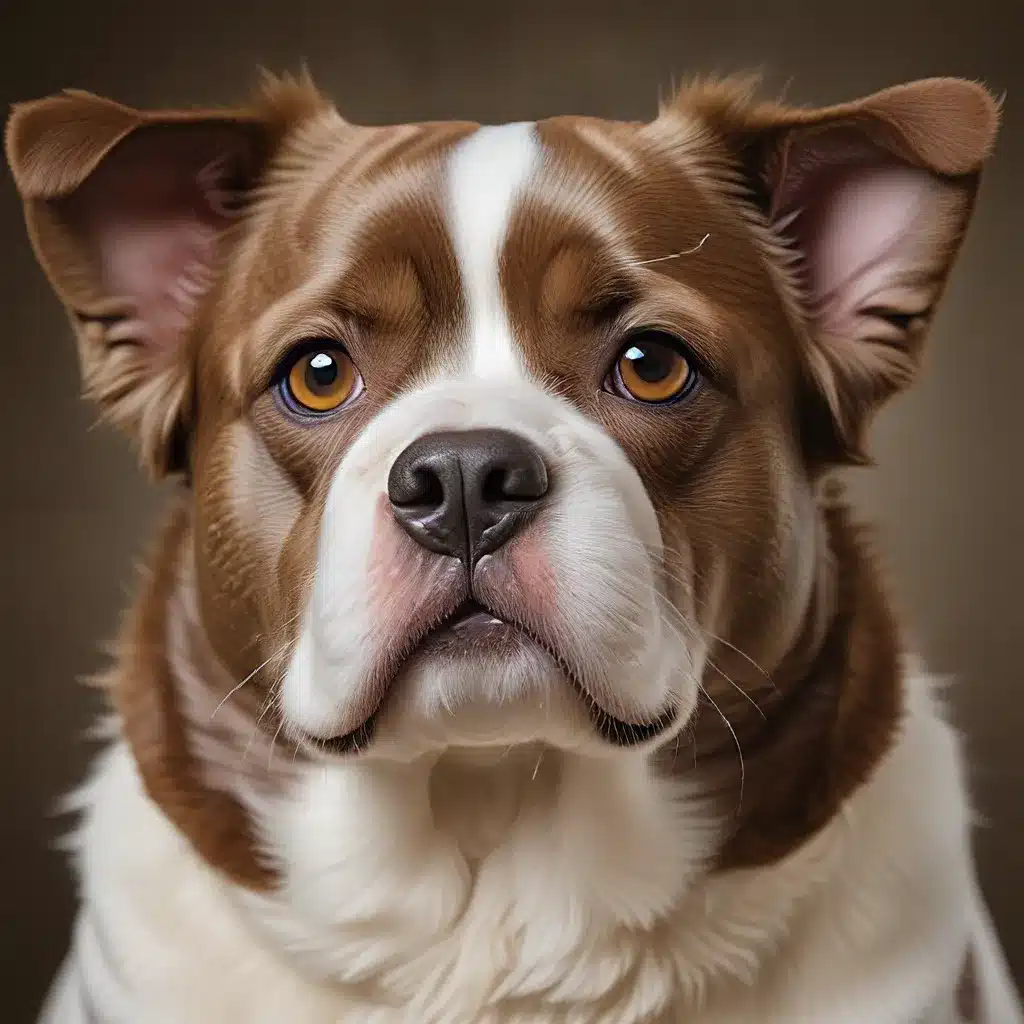
As artists, our ability to wield color is a superpower that can transform the ordinary into the extraordinary. When it comes to creating captivating pet portraits, mastering color is not just a skill – it’s an essential tool in our creative arsenal. In this comprehensive guide, we’ll delve into the secrets of pigment prowess, uncovering techniques and insights that will empower you to breathe life into your pet portraits through the power of color.
Unlocking the Mysteries of Color Theory
Before we dive into the practical aspects of color application, it’s crucial to have a solid understanding of color theory. This foundational knowledge will serve as the bedrock for your artistic journey, enabling you to make informed decisions and create harmonious, visually striking compositions.
One of the primary concepts to grasp is the color wheel, a circular arrangement of hues that reveals the relationships between different colors. By familiarizing yourself with the primary colors (red, blue, and yellow), secondary colors (orange, green, and purple), and tertiary colors (the blends between primary and secondary hues), you’ll gain a deeper appreciation for the nuances and interactions of color.
Understanding the principles of color harmony is another crucial aspect of color theory. This involves exploring how different color schemes, such as complementary, analogous, and triadic, can be used to create visually striking and emotionally resonant pet portraits. Experiment with these color combinations to discover the ones that best suit your artistic style and the unique personalities of your furry subjects.
Mastering the Art of Mixing Pigments
Armed with a solid foundation in color theory, let’s dive into the art of pigment mixing. This skill is paramount for achieving the precise hues and nuances you envision for your pet portraits.
Start by assembling a diverse palette of high-quality paints, including a range of primary colors, secondary colors, and neutral tones. Experiment with different paint mediums, such as acrylics, oils, or watercolors, to find the ones that best suit your preferred technique and the desired aesthetic.
Mastering the art of color mixing is a journey of patience and exploration. Begin by practicing mixing colors on your palette, observing how they interact and blend. Pay close attention to the undertones and opacities of your paint, as these factors will significantly impact the final result on your canvas.
One invaluable tip is to keep a color journal or swatch book, where you can record your paint mixtures and their corresponding results. This visual reference will become an indispensable tool, allowing you to quickly recall successful color combinations and replicate them in your future pet portrait projects.
Capturing the Essence of Your Furry Muse
With a solid understanding of color theory and pigment mixing under your belt, it’s time to apply these skills to the creation of your pet portraits. Capturing the essence of your furry muse requires a keen eye for observation and a deep connection with your subject.
Start by studying the unique features and markings of your pet. Notice the subtle variations in their coat color, the highlights and shadows that play across their form, and the vibrant hues of their eyes, nose, and paws. These details are the foundation upon which you’ll build your masterful portrait.
Experiment with different painting techniques, such as wet-on-wet, glazing, or impasto, to bring depth and texture to your work. Observe how the interplay of colors can convey the softness of fur, the sheen of a glossy coat, or the warmth of a loving gaze.
Embrace the relaxed concentration described in the “Inner Game” philosophy, allowing your muscle memory and intuition to guide your brushstrokes. By letting go of the burden of perfection and trusting in the process, you’ll unlock a realm of creative expression that celebrates the unique personality of your pet subject.
Elevating Your Pet Portrait Art
As you hone your skills in color mastery, consider exploring advanced techniques that can elevate your pet portrait art to new heights. Experiment with layering, glazing, and scumbling to achieve depth, luminosity, and a sense of three-dimensionality in your work.
Delve into the emotional and symbolic power of color, using specific hues to convey the mood, personality, or energy of your pet subject. Warm tones might evoke a sense of comfort and affection, while cooler hues could suggest a more pensive or contemplative mood.
Embrace the diversity of painting mediums available to you, from acrylics and oils to pastels and watercolors. Each medium offers unique properties and textures that can enhance the visual impact of your pet portraits.
As you continue to experiment and push the boundaries of your artistic expression, remember to draw inspiration from the masters of the past and the contemporary artists who are redefining the world of pet portraiture. Allow their techniques and approaches to inform your own, while ultimately cultivating a unique visual style that truly captures the essence of your furry muse.
Conclusion: Unleash Your Pigment Prowess
Mastering color in pet portrait art is a journey of discovery, experimentation, and unwavering dedication. By delving into the fundamental principles of color theory, honing your pigment mixing skills, and embracing the unique personalities of your furry subjects, you’ll unlock a world of creative possibilities.
Remember, the true power of color lies not in its technicalities, but in its ability to evoke emotions, convey meaningful narratives, and celebrate the incredible bond between humans and their beloved pets. So, unleash your pigment prowess, and let your artistic vision soar to new heights, captivating the hearts and imaginations of all who behold your masterful pet portraits.